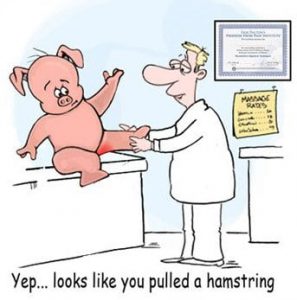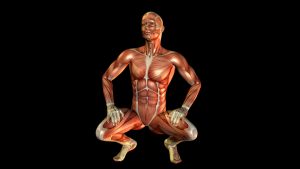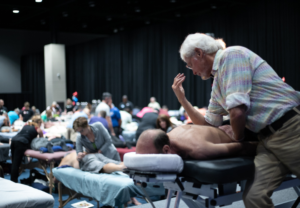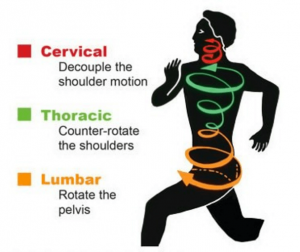Our fitness levels naturally decline after our 20s and nosedive once we hit our 70s. Along the way, we’re drying up, growing stiffer, enduring injuries, and spending less time moving around.
“Motion is lotion,” a saying from orthopedics, reminds us that muscle and connective tissue shorten and tighten if we don’t move them through their full range regularly.
In Myoskeletal Alignment Techniques we use several manual methods that lubricate joints and soft tissue by generating warmth in the tissue and rolling fascial sacs across associated structures. Some of these methods restore capsular flexibility, enhance joint play, and encourage pain-free range of motion. Others stimulate muscle spindles to turn on weak muscles and improve their firing patterns.
While their ability to act like “lotion” for joints and muscles makes these techniques useful in any bodywork system, they are uniquely effective for clients who perceive movement as painful and threatening. Many clients avoid activities they love because they fear it will increase their chronic pain. These pro-movement methods seem to reset faulty pain perception, reduce nervous system hyperactivity, and release regions of dysfunction from protective muscle guarding.
Here, I’ll demonstrate five pro-movement methods that clients almost always enjoy. Incorporate these techniques into your bodywork toolbox to lubricate joints and muscles, reduce unnecessary protective guarding, and encourage clients to move.

01 Ankle Twist
With the client prone, stand by the client’s knee and flex the client’s knee to 90 degrees. Grasp the client’s ankle just below the medial malleoli with both hands. With your elbows out, lift the client’s knee off the table and rotate the leg slowly side-to-side.

02 Ankle Sling
From the ankle twist, move into an ankle sling. The client’s knee is still flexed to 90 degrees. With the hand closest to the client’s foot, grasp the client’s forefoot. With the other hand, grip the lateral and medial compartments of the client’s leg. With the hand grasping the client’s forefoot, throw the client’s heel away in a rhythmic slinging motion. With the other hand, grip and strum the leg muscles, including the gastrocnemius, peroneus longus, and tibialis anterior.
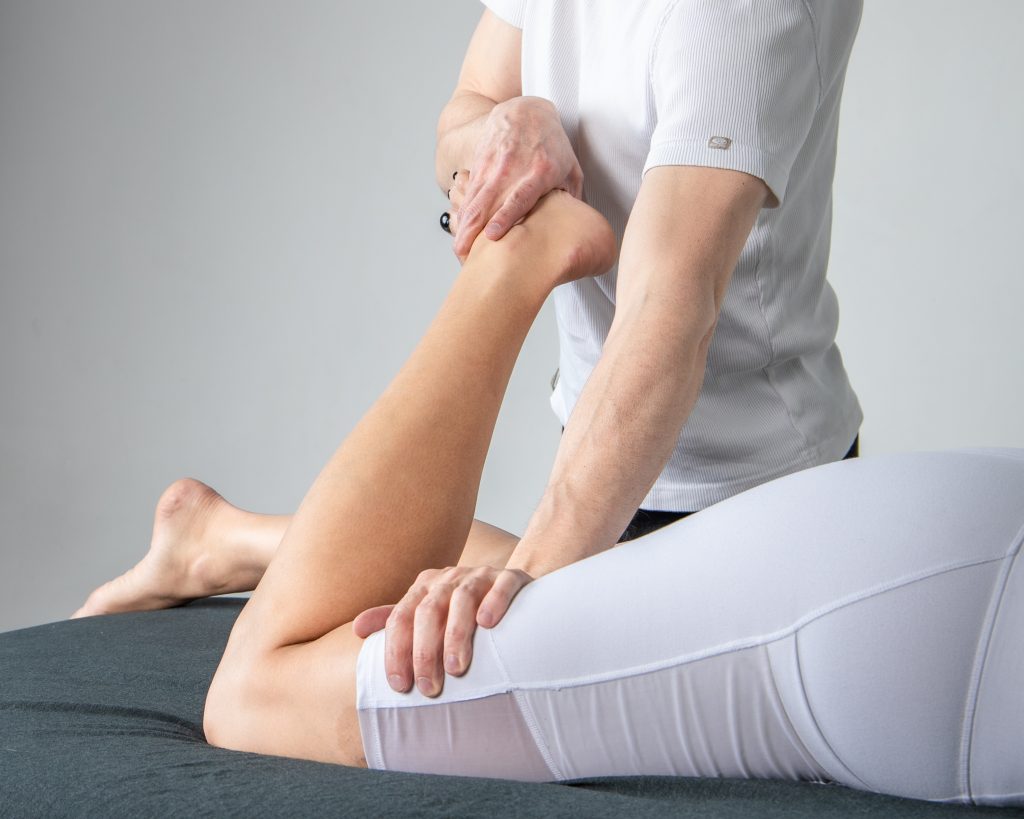
03 Hamstring Pin and Twist
From a traditional hamstring pin and stretch (not shown), move into a pin and twist by flexing the knee and moving the foot toward you and away from you with the hand closest to the feet. Flatten the pin hand so that your palm is on the hamstrings. Use your palm to push the hamstring muscles away from you. Work up and down the hamstrings, rolling the fascial bags back and forth.
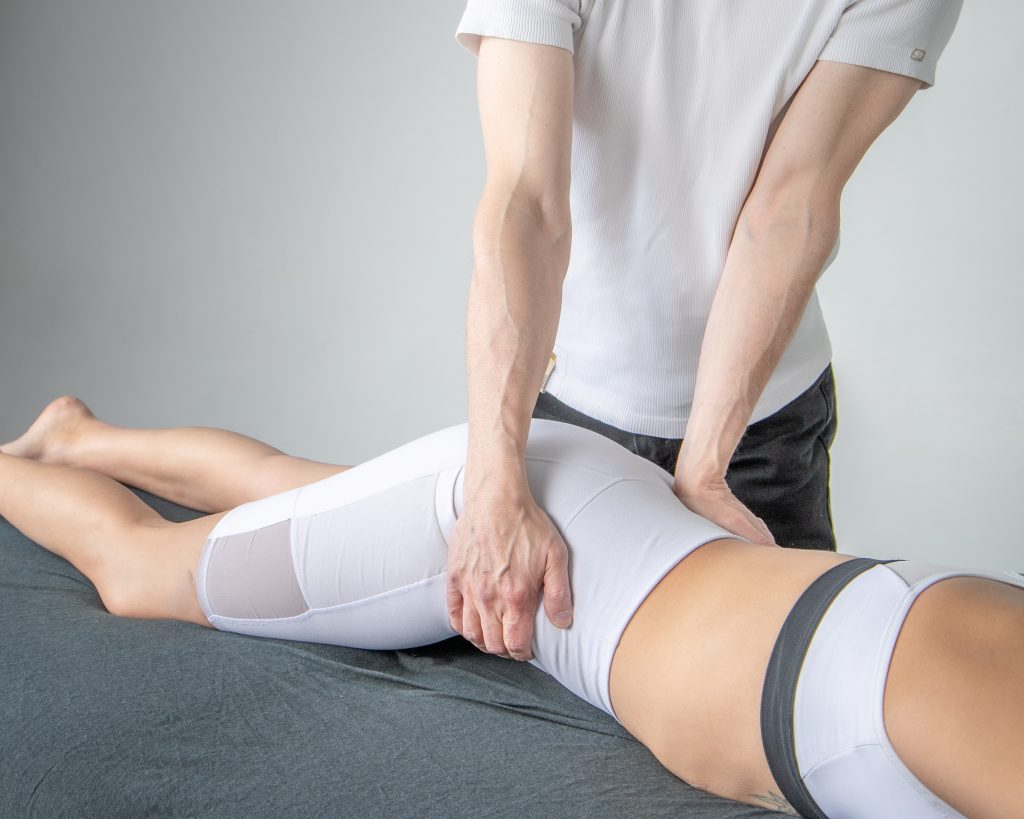
04 Iliosacral Twist and Resist
With the client prone, stand on the client’s left side and reach your right palm across the client’s body to grasp their right ASIS with a soft palm. With your left palm, exert gentle pressure on the client’s left PSIS. With both elbows extended, slowly pull on the client’s right ASIS while your left palm resists at the PSIS. Ask the client to inhale and push the right ilium towards the table against your resistance to a count of five. The client exhales, and you gently pull the right ASIS back to the next rotational barrier while your left palm resists at the PSIS. Ask the client to inhale and push the right ilium towards the table against your resistance to a count of five. Repeat this technique three to five times on each side to restore balance. Alternatively, use it to correct an anteriorly-inferiorly rotated ilium.
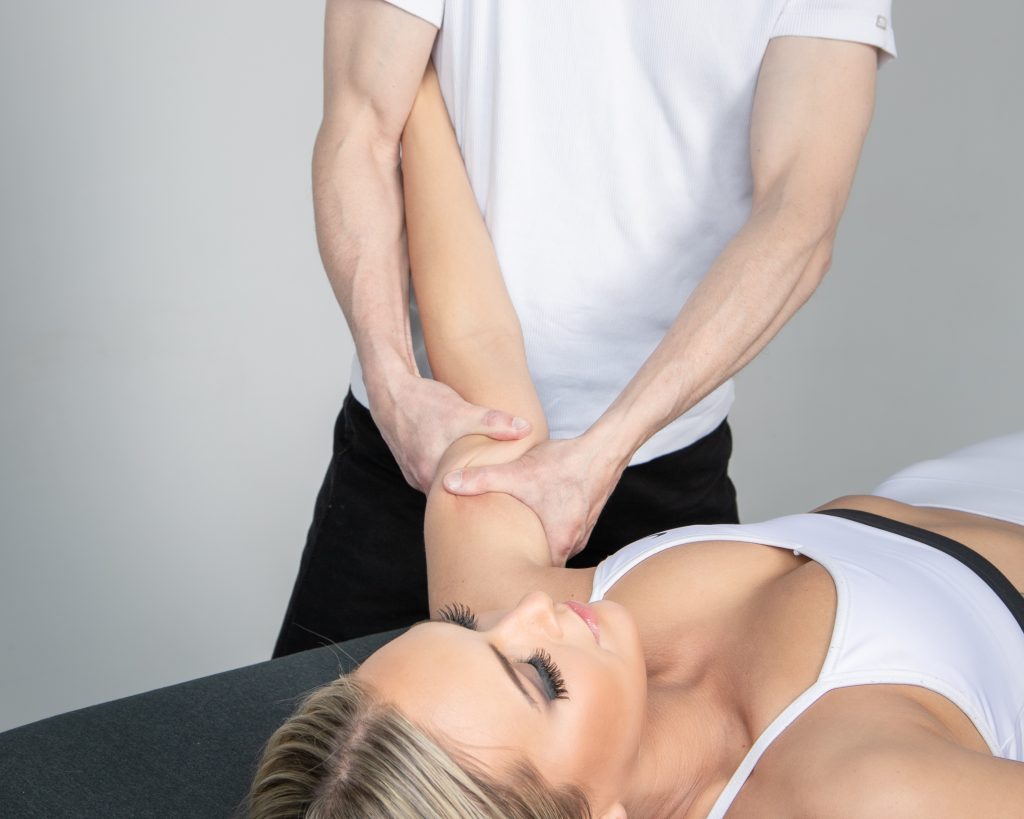
05 Triceps-Biceps Twist
Hold the client’s arm, extend their elbow, and tuck their forearm between your ribcage and arm. You are now facing the table. Move your body back so the client’s elbow is extended, and grasp the triceps and biceps with both hands. Squeeze and compress these muscles as you twist your hands back and forth to roll the musculofascial bags over one another. As you work, begin to decompress the client’s shoulder by pulling and pushing it back and forth as you twist.
In Closing
In closing, we’ll remember that “motion is lotion” and use pro-movement techniques to lubricate joints and soft tissue by generating warmth in the tissue and rolling fascial sacs across associated structures. In addition, if we have clients who are afraid of movement, these methods can help them engage painful barriers by introducing novel stimuli that hold the brain’s attention to down-regulate sympathetic nervous system hyperactivity.
On sale this week only!
Save 25% off the "Dalton Technique Treasures" eCourse
The “Dalton Technique Treasures” eLearning course is a compilation of some of Erik’s favorite Myoskeletal Alignment Techniques (MAT). Learn MAT techniques to assess and address specific sports injuries, structural misalignment, nervous system overload, and overuse conditions. ON SALE UNTIL July 29th! Get Lifetime Access: As in all our eLearning courses, you get easy access to the course online and there is no expiry date.

